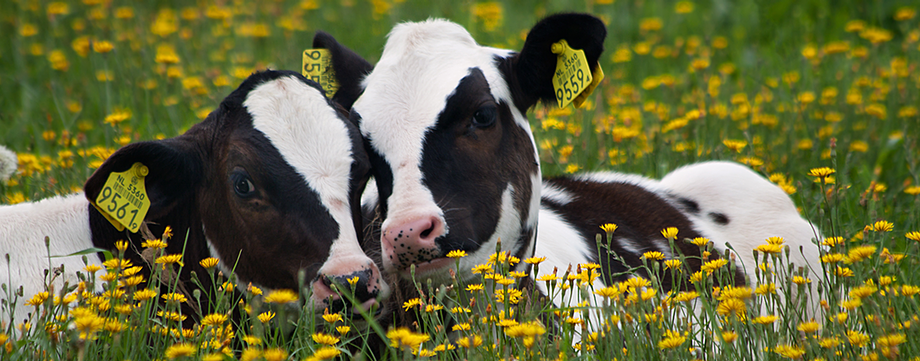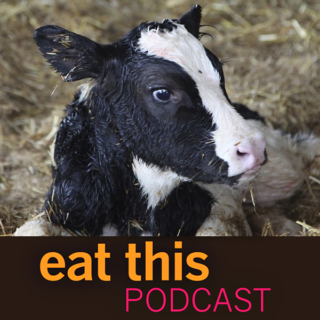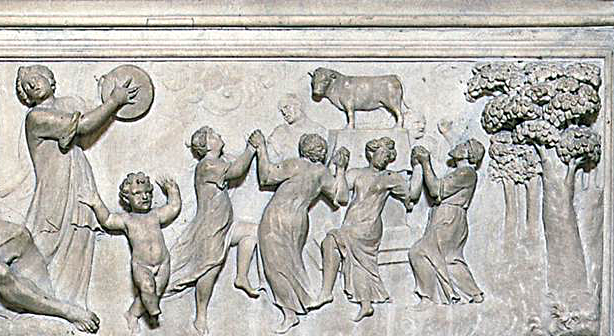
Podcast: Play in new window | Download (Duration: 22:48 — 18.5MB)
Subscribe: Google Podcasts | Spotify | Android | RSS | More

In most sectors, from seeds to prepared organic meals, very few companies lie behind that cornucopia of apparent choice. In addition to charting trends in patterns of ownership, Howard also explains some of the ways in which the concentration of power hurts both ends of the chain, those who grow ingredients and we who eat and drink.
Notes
- Phil Howard’s website offers access to all his work. It is an eye opener.
- Reading around the topic, it quickly became clear that a Budweiser commercial broadcast during the 2015 Superbowl might, possibly, represent a tipping point of some sort. It’s all rather funny. See for yourself. And read all about it. And then tell me: why can’t AB-InBev just leave people who don’t want to drink their beer alone? ((I know, it’s business. But why?))
- Incidental music by Podington Bear.


 Dairy cows unavoidably produce male calves that are of no use to the dairy industry. They used to end up as veal, and in 1960, Britons ate more than 600,000 calves worth of the stuff. By the 1980s, that had dropped to less than 35,000. Ten years ago, a UK trade magazine said that “public opinion … generally regards veal as ethically somewhere between dodo omelettes and panda fritters”.
Dairy cows unavoidably produce male calves that are of no use to the dairy industry. They used to end up as veal, and in 1960, Britons ate more than 600,000 calves worth of the stuff. By the 1980s, that had dropped to less than 35,000. Ten years ago, a UK trade magazine said that “public opinion … generally regards veal as ethically somewhere between dodo omelettes and panda fritters”.